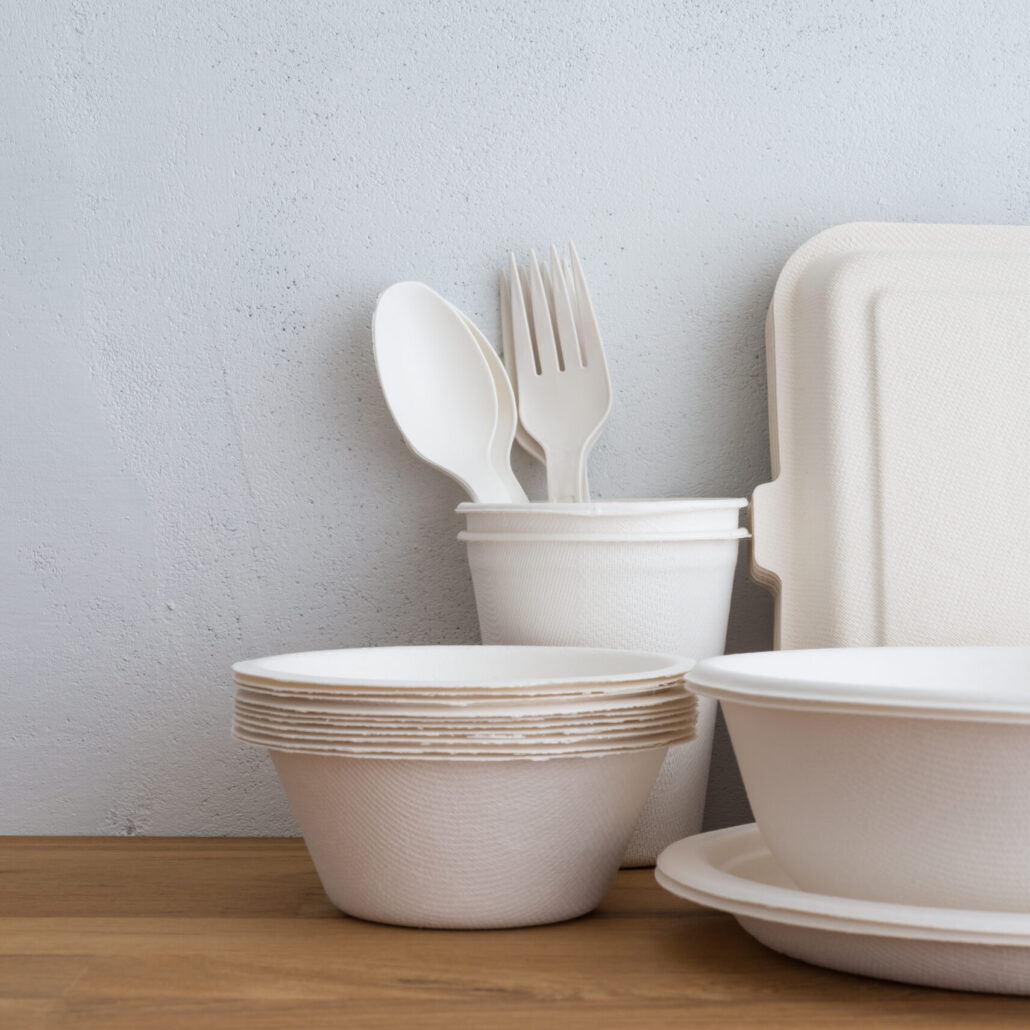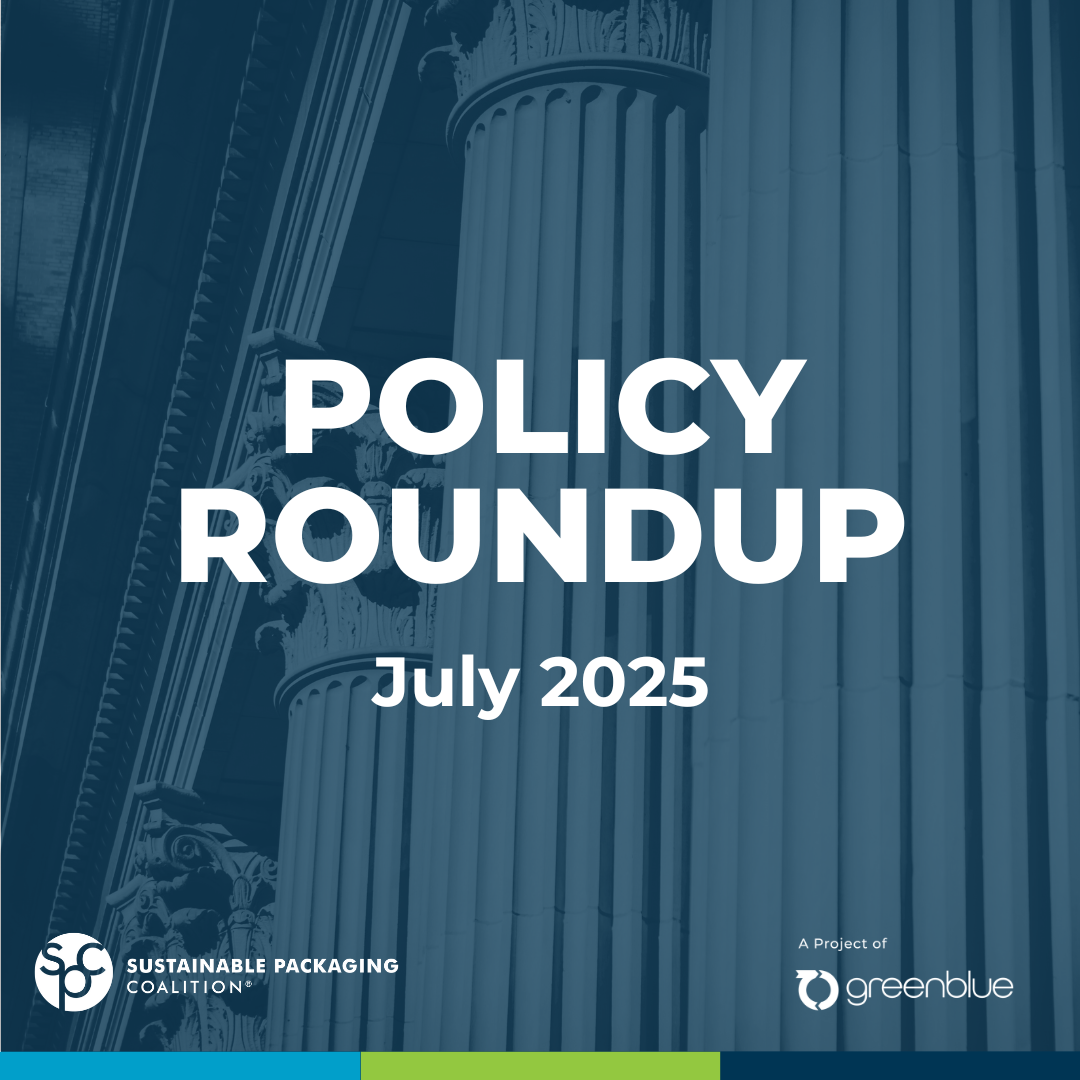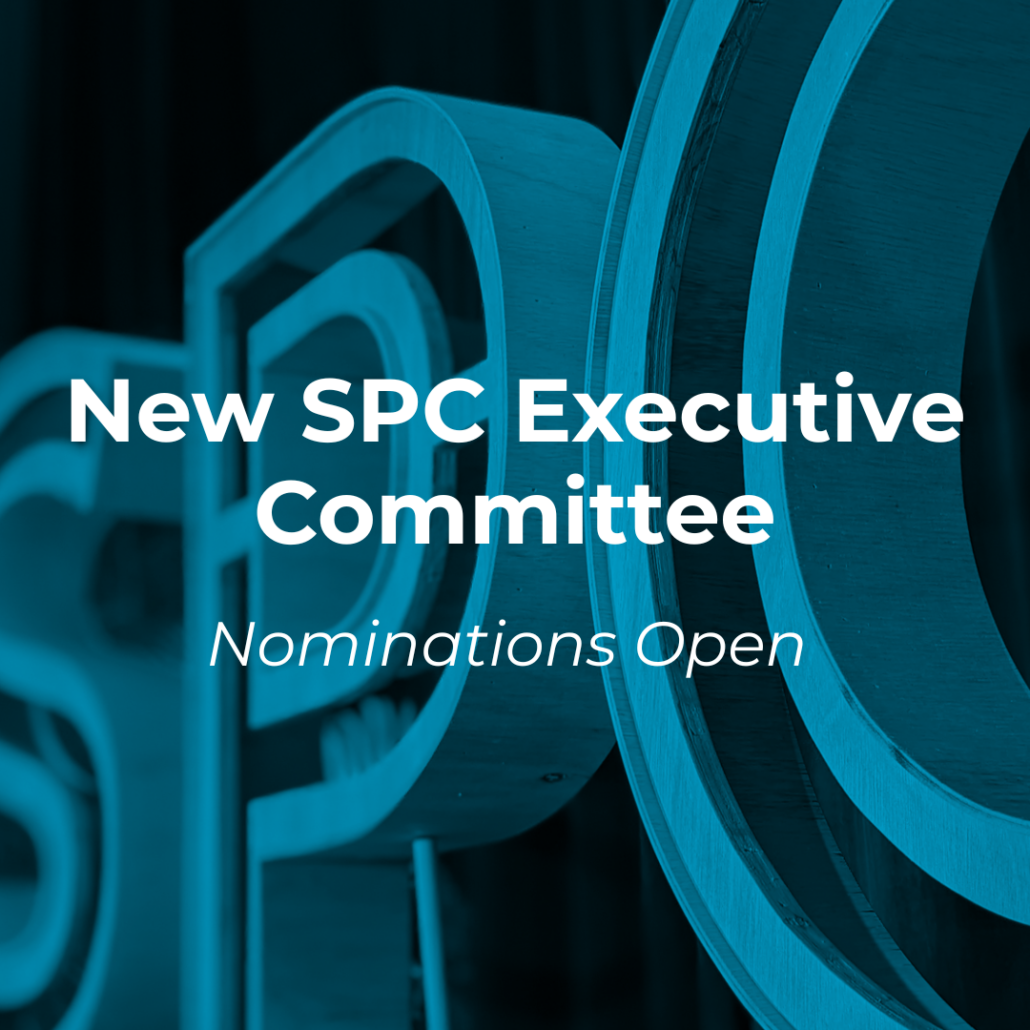As more and more converters and brands explore compostable packaging, industry guidance on how to get started – and create a successful package – is more important than ever.
An effective compostable package starts with a clear understanding of which product categories are the right fit for compostability. Companies will then need to explore the implications for the R&D process, and consider shelf life, machinability, and transportation testing. Designing for compostability is just the first step – brands and converters also need to understand how to conduct field and lab-testing to validate the compostability of the package, achieve third-party certification, market it appropriately, and educate their customers.
On Day 2 of SPC Advance 2022, the SPC’s Compostable Packaging Collaborative hosted a “practitioner’s roadmap” workshop, guiding attendees through the steps required to create compostable packaging. A panel of experts outlined important considerations; attendees then put the guidelines into action by working in small groups to assess sample packages.
Missed the workshop? Follow the steps below for a crash course on compostable packaging.
Step 1 – Get your bearings and determine fit
Compostability is fundamentally different from something being “biodegradable”, a term that’s now banned in multiple states across the US. Compostability should be pursued for packaging that’s in contact with food or likely to be a contaminant at composting facilities. More on the definitions and applications for compostability can be found on the Collaborative’s resources page. With this criteria in mind, attendees analyzed fit for pet food, bakery items, frozen meal trays, condiment packets, snack bags, and salad kits.
Step 2 – Consider your biomaterial options
When it comes to choosing a compostable material, there are now many fiber and bioplastic options available to brands. Dr. Sridevi Narayan-Sarathy shared PepsiCo’s experience with a range of bioplastics, including PHA, PLA, and PBS. For applications with high performance needs such as salty or snack foods, a package will typically need to have multiple layers of these bioplastics, so it pays to understand the options.
Step 3 – Determine your “nice to haves” and “must haves”
Megan Robison from the How2Recycle team outlined a hierarchy of needs that packaging companies can apply to their products to better understand how to juggle compostable materials’ impacts to line speeds, package windows, shelf-life, and branding space. Getting clear on which of these specifications is a “nice to have” versus a “must have” is key for unlocking innovation.
Step 4 – Get third-party certification
Third-party certification of compostability, such as the one offered by BPI (Biodegradable Products Institute), is critical for building trust with composters, municipalities, and consumers. BPI’s Rhodes Yepsen walked the group through the basic requirements of the certification process and its intersection with field testing. A sharp focus on material health (through no intentionally-added PFAS, for example) will ensure brands are designing products that have a beneficial impact on finished compost.
Step 5 – Label and educate; then repeat
It’s a big accomplishment to create a high-performing, third-party certified compostable packaging. But you’re not done yet – brands and converters will need to clearly communicate compostability on product. EcoProducts’ Steve Rosse shared their approach to educating across channels (distributors, retailers, consumers) and using clear, prominent labeling that differentiate compostables from recyclables. Industry guidelines are available to help companies achieve these best practices, which are also increasingly outlined in state labeling legislation.
Attendees left the workshop with a sense of the challenges for designing and labeling effective compostable packaging across a variety of product categories, but also a practical framework for tackling these challenges in their own product development journeys.
Want to learn more? Members from across the value chain are invited to join the SPC’s Compostable Packaging Collaborative.





